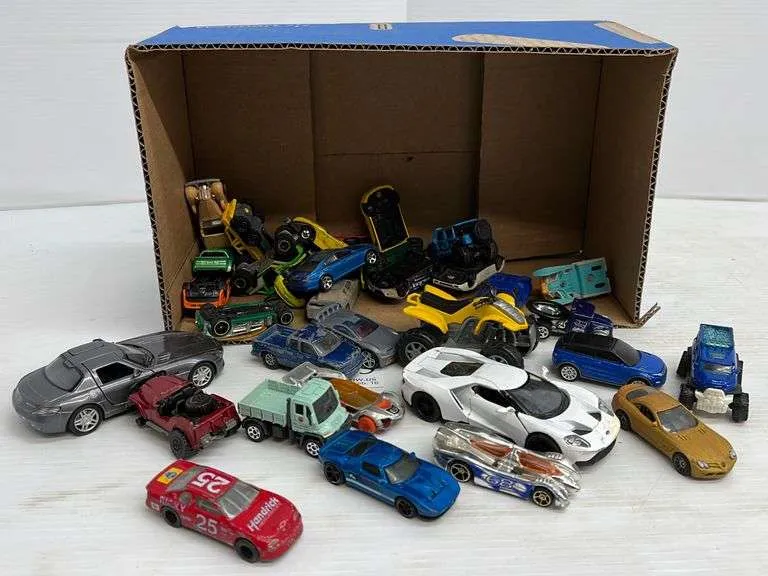What are Small Scale Diecast Cars
Small scale diecast cars are miniature replicas of real-life vehicles, meticulously crafted from die-cast metal and other materials. These models are typically produced in various scales, with the most popular being 1 64, 1 43, and 1 18. They are highly sought after by collectors, hobbyists, and enthusiasts of all ages. Their appeal lies in the level of detail, the variety of models available, and the ability to own a miniature version of a favorite car or a piece of automotive history. The world of small scale diecast cars offers a fascinating blend of history, artistry, and passion, making it a rewarding hobby for many.
The Popular Scales
The scale of a diecast car refers to the ratio between the model’s size and the actual size of the vehicle. Different scales cater to different preferences and display options. Understanding these scales is crucial for collectors when choosing models to add to their collection, allowing them to compare and select models that best fit their display space and collecting focus.
1 64 Scale
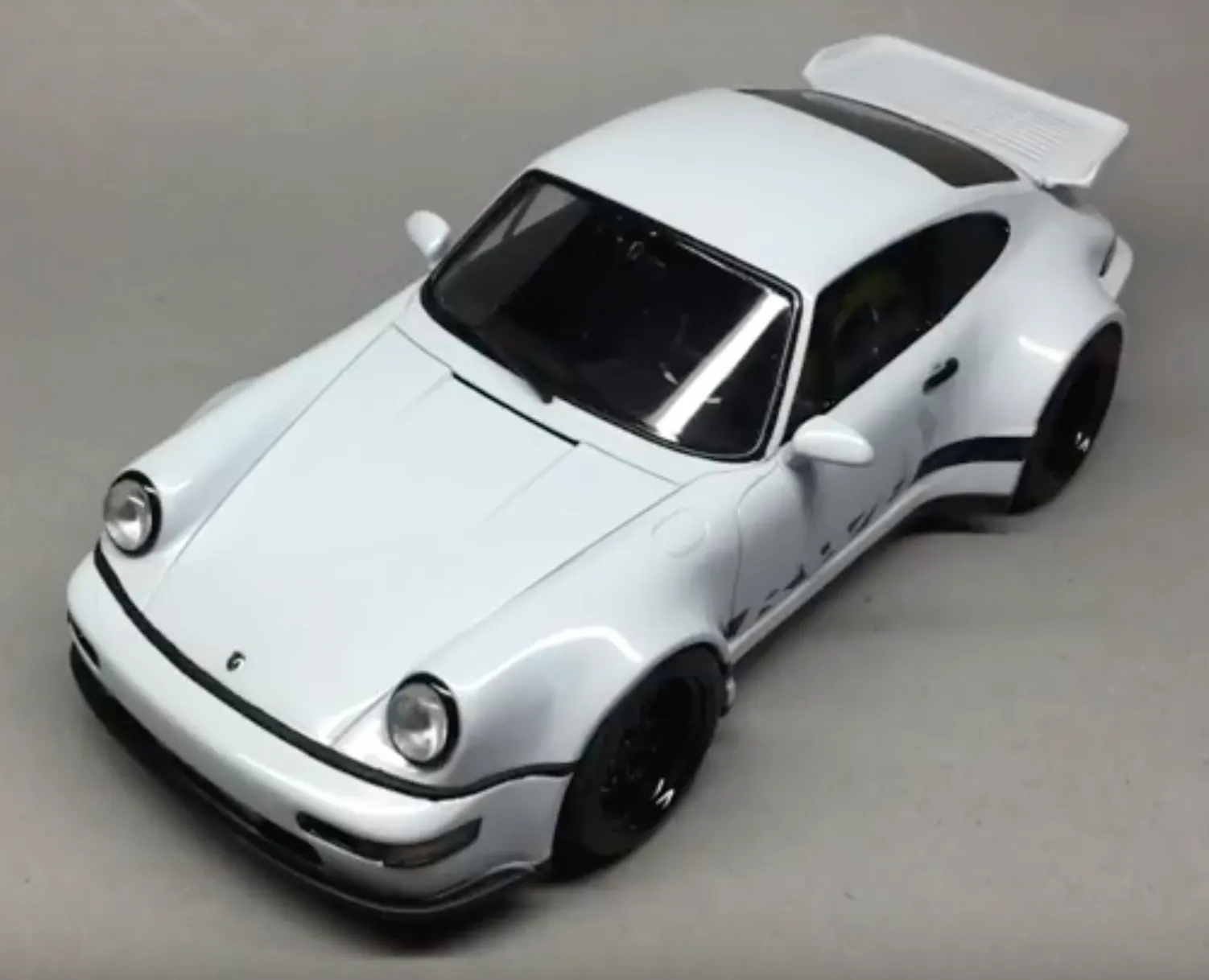
1 64 scale is one of the most common and popular scales for small scale diecast cars. These models are relatively small, making them easy to collect, display, and store. Their compact size makes them perfect for creating detailed dioramas or displaying large collections without requiring significant space. Major brands like Hot Wheels and Matchbox produce a vast array of 1 64 scale models, offering a diverse range of vehicles from classic cars to modern sports cars, and even trucks and construction vehicles.
1 43 Scale
1 43 scale diecast cars offer a more detailed and intricate representation of their full-size counterparts. The larger size allows for more detailed features, paint jobs, and interior designs. This scale is often preferred by serious collectors who appreciate the added realism and visual impact. Many premium brands focus on 1 43 scale, offering models with high levels of accuracy and detail, often featuring opening doors, hoods, and trunks. 1 43 scale models are also popular for creating display cases and detailed scenes.
1 18 Scale
1 18 scale diecast cars are the largest commonly collected small scale diecast cars. These models are known for their impressive detail, realistic features, and imposing presence. They offer the most detailed and intricate representations, often including functional steering, opening doors, hoods, and trunks, and highly detailed engine compartments and interiors. They provide collectors with the opportunity to appreciate the design and engineering of the real vehicles. This scale is ideal for displaying individual models or creating stunning displays.
Materials and Construction
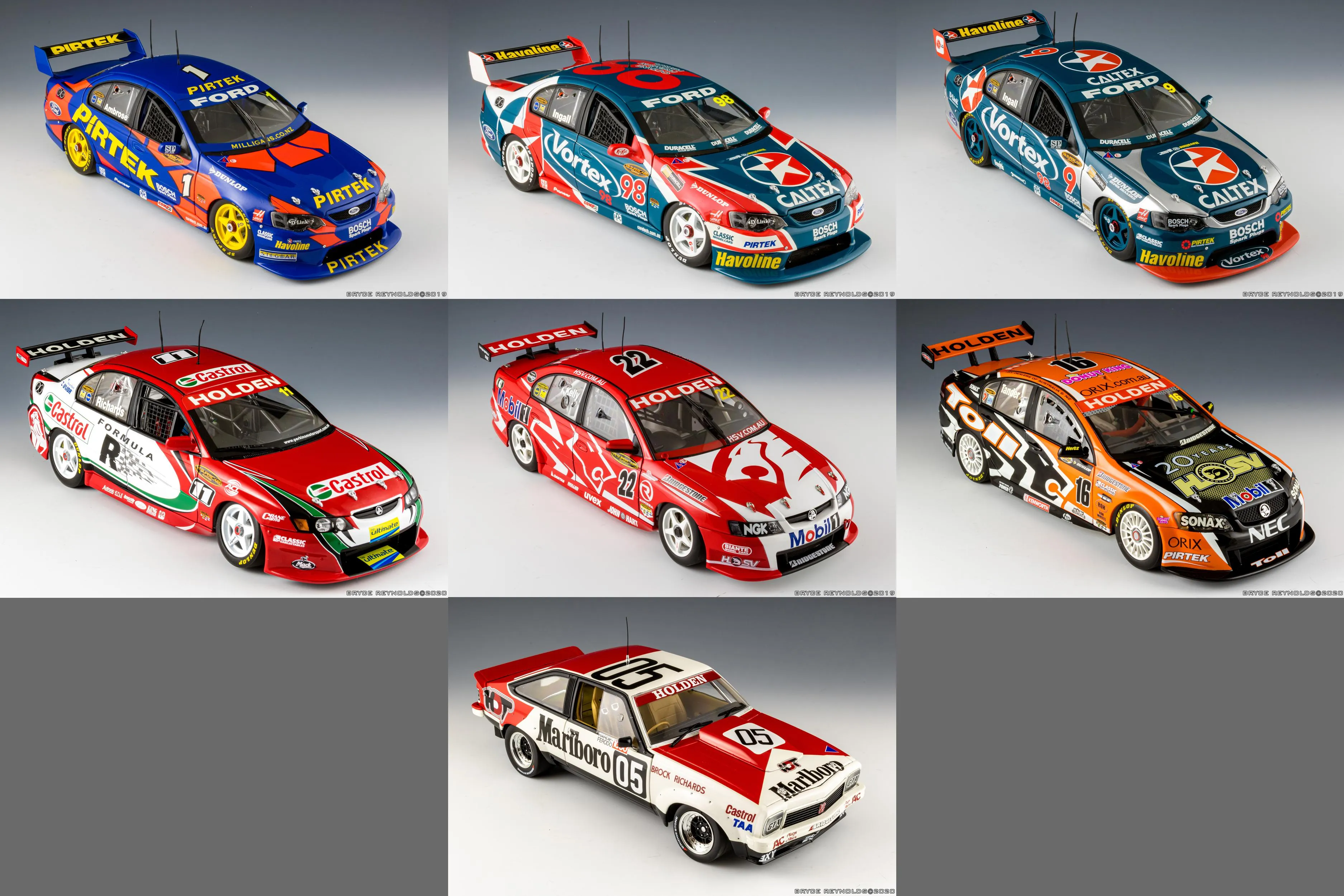
The materials and construction of small scale diecast cars play a vital role in their durability, appearance, and value. The use of die-cast metal is a key characteristic that distinguishes these models from other types of toy cars. Along with this the plastic components add additional details to the models. The careful combination of these elements allows for the creation of detailed models, which are visually appealing and long-lasting.
Die-cast Metal
Die-cast metal, typically zinc alloy, is the primary material used in the construction of most small scale diecast cars. The die-casting process involves injecting molten metal into a mold under high pressure, allowing for intricate designs and precise detailing. This method provides durability, allowing the models to withstand wear and tear, making them ideal for both display and play. Die-cast metal also offers the advantage of excellent surface finish, which allows for high-quality paint and detailing.
Plastic Components
Plastic components are used to add details to small scale diecast cars, which complements the die-cast metal parts. These components allow for the creation of intricate and refined details such as grilles, lights, and interiors. Plastic offers flexibility in design and color, enhancing the overall visual appeal of the models. Many different types of plastic are used, each suited to specific components, and manufacturers select these materials based on durability, appearance, and the need for detail. The combination of metal and plastic creates well-detailed and visually interesting models.
History of Small Scale Diecast Cars
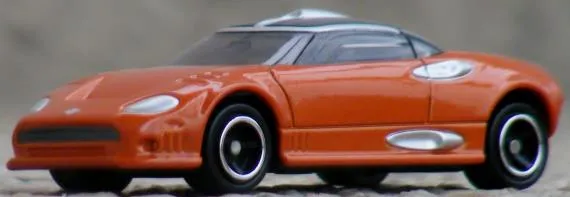
The history of small scale diecast cars is a story of innovation, evolution, and enduring appeal. From their humble beginnings as simple toys to their current status as highly detailed collectibles, these models have evolved significantly over the years. The following aspects give a glimpse into their rich and exciting past, beginning with their early production and showing how they became the popular collectibles they are today.
Early Manufacturers
The early manufacturers laid the groundwork for the diecast car industry. Companies like Dinky Toys in the UK and Tootsietoy in the USA were among the pioneers, producing simple yet robust models during the mid-20th century. These early models were created using basic die-casting methods, focusing on durability and affordability. They were primarily intended as toys for children. These early diecast cars introduced the concepts of collecting model cars, and they set the standard for quality and craftsmanship that would be followed by the manufacturers that came after.
Evolution of Detail
The evolution of detail in small scale diecast cars has been remarkable, driven by advancements in manufacturing techniques and the growing interest of collectors. As technology improved, manufacturers began incorporating more intricate details, such as detailed interiors, realistic paint jobs, and opening parts. The evolution also led to the development of various scales. These improvements transformed them from simple toys into highly accurate scale models. The evolution is still ongoing with new developments in materials and manufacturing.
Collecting Small Scale Diecast Cars
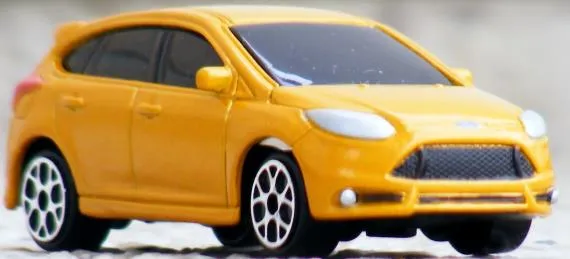
Collecting small scale diecast cars is a rewarding hobby, attracting enthusiasts of all ages. Whether you’re interested in specific brands, models, or time periods, collecting offers a unique blend of passion, history, and investment potential. The following key points guide the collector’s path, from assessing rarity and value to finding the best sources for finding these collectibles.
Rarity and Value
Rarity and value play important roles in the world of collecting small scale diecast cars. Some models, especially those that are vintage, limited edition, or have unique features, can be worth considerable sums. The value of a diecast car depends on a variety of factors, including its condition, the manufacturer, the scale, and its historical significance. Collectors need to evaluate the condition of the model, paying attention to any original packaging, and researching its production and availability to determine the fair value.
Where to Find Collectibles
There are many avenues for collectors to find small scale diecast cars. Online marketplaces, such as eBay and dedicated diecast car auction sites, offer a wide range of models, from vintage treasures to modern releases. Local collectibles shops and toy stores often have selections of new and used models, providing opportunities to find hidden gems. Collectors’ shows and swap meets are excellent places to meet other collectors, find rare models, and learn about different brands and models. Building relationships with other collectors and experts in the field can also provide valuable insights.
Popular Brands
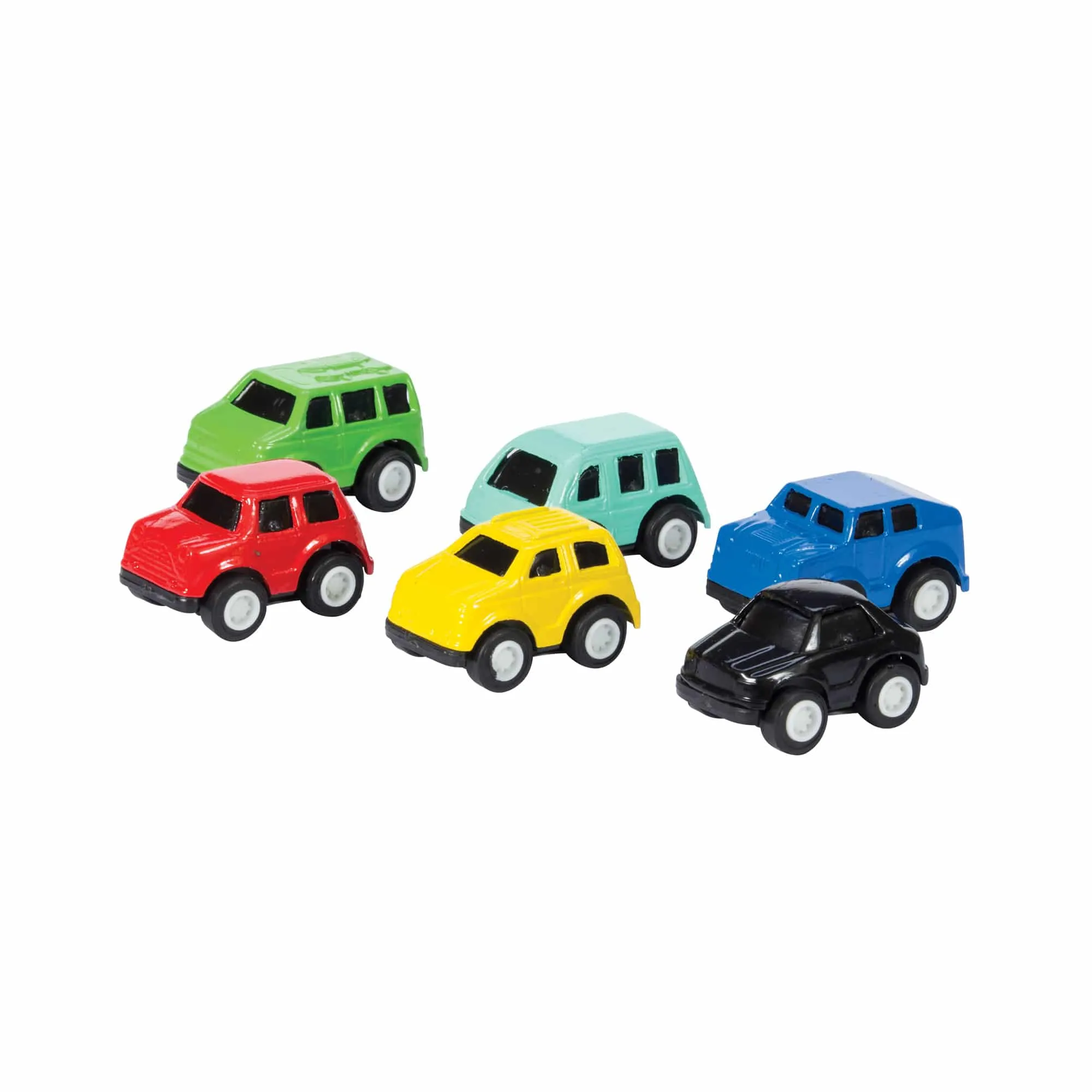
Many brands have contributed to the popularity of small scale diecast cars, each with its own unique offerings, history, and appeal to collectors. These brands are not only recognized for their diverse ranges but also for the quality and accuracy of their models. Here’s a look at some of the most popular brands.
Hot Wheels
Hot Wheels is one of the most popular and recognizable brands in the small scale diecast car world. Launched in 1968 by Mattel, Hot Wheels quickly gained popularity with its innovative designs, vibrant colors, and emphasis on speed and play. Hot Wheels is known for its extensive range of models, including classic cars, original designs, and licensed vehicles. The brand frequently releases limited edition models and collaborations. For many collectors, Hot Wheels represents the entry point into the world of diecast cars.
Matchbox
Matchbox, another iconic brand, has a long history in the small scale diecast car market. Originally known for its miniature cars designed to fit inside a matchbox, Matchbox has since expanded its range. Matchbox models are appreciated for their realistic designs, focus on everyday vehicles, and educational value. Matchbox often features a diverse collection of licensed vehicles, including cars, trucks, and emergency vehicles. The brand appeals to collectors who enjoy both classic and contemporary models.
Other Brands
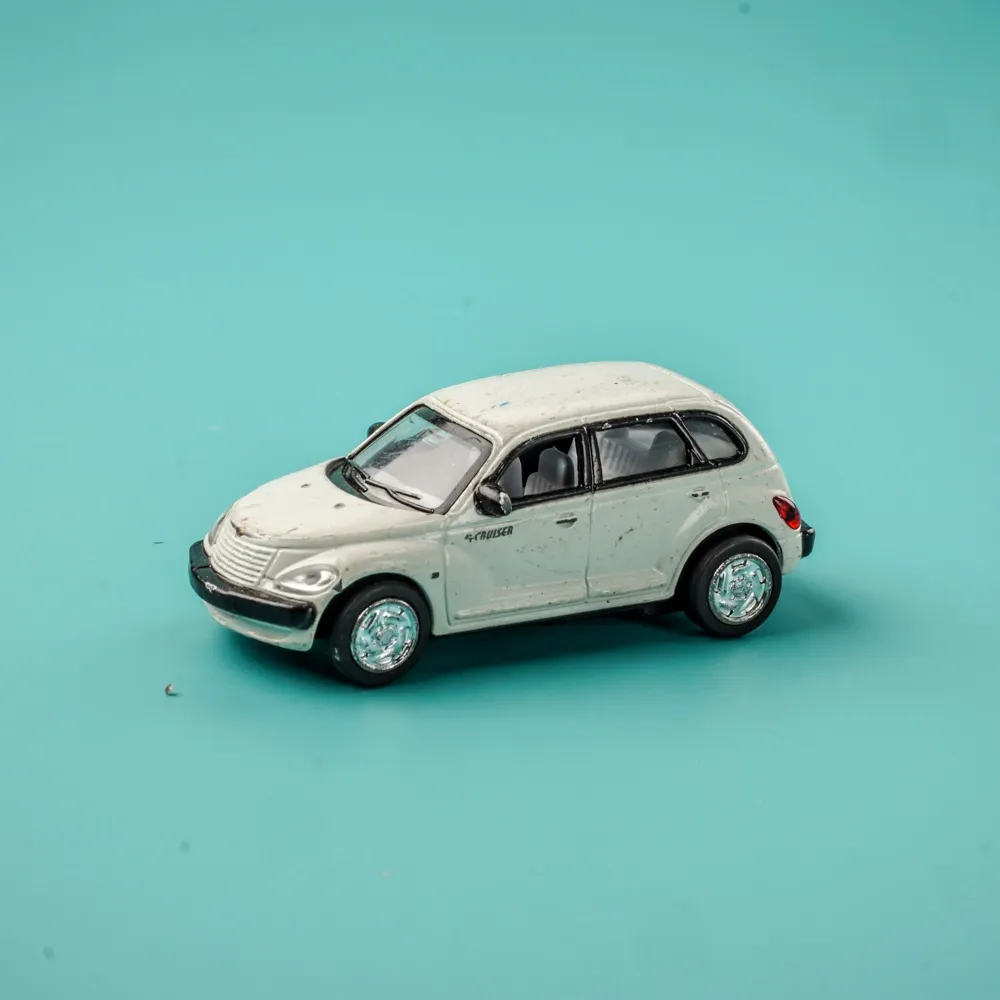
Besides Hot Wheels and Matchbox, many other brands offer high-quality small scale diecast cars. Brands like Greenlight, known for its accurate movie and TV series replicas, and Auto World, which focuses on classic American muscle cars, offer a wide range of options for collectors. Majorette, a European brand, offers a variety of vehicles with detailed features and high-quality construction. These brands contribute to the richness and diversity of the diecast car market, allowing collectors to expand their collections with different styles and subjects.
Detailing and Features
Detailing and features are critical elements that bring small scale diecast cars to life. From the paint and finish to the inclusion of opening parts and detailed interiors, these elements enhance the realism and appeal of these models. The level of detail varies depending on the scale and manufacturer, but all diecast cars strive to offer an accurate representation of their full-size counterparts.
Paint and Finish
The paint and finish of small scale diecast cars contribute significantly to their overall appearance and value. Manufacturers employ various painting techniques and finishes to achieve realistic results. Many models feature high-gloss paint, chrome accents, and accurate color palettes. These details elevate the visual appeal and authenticity of the models. The quality of the paint and finish is a key factor that many collectors consider when evaluating a model, with imperfections and inconsistencies affecting its value.
Opening Parts and Interiors
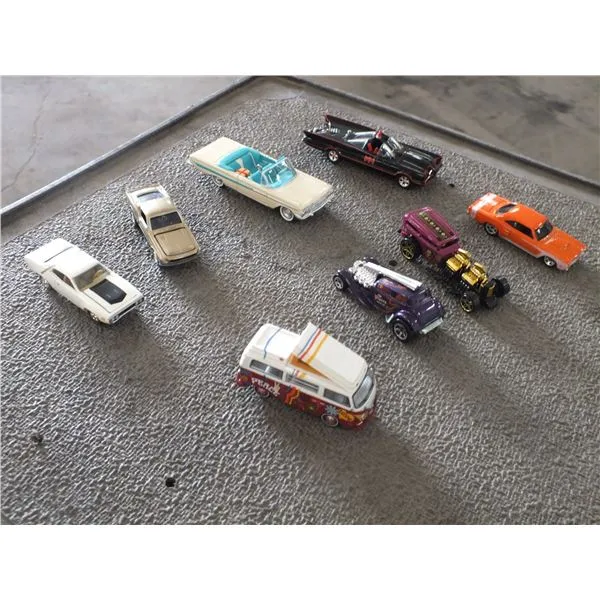
Opening parts and detailed interiors are key features that distinguish high-quality diecast cars. Opening doors, hoods, and trunks allow collectors to explore the interior and engine compartments of the models. These models often feature detailed interiors, including seats, dashboards, and other features. These details enhance the realism and interactive experience of collecting. The inclusion of opening parts and intricate interiors adds to the collectibility and appeal of small scale diecast cars.
Restoration and Care
Restoration and care are important aspects of keeping small scale diecast cars in excellent condition and maintaining their value. Proper cleaning and maintenance, along with thoughtful display practices, ensures that the models last for years. Whether you are preserving a vintage model or maintaining a modern collectible, these best practices are essential for protecting your investment.
Cleaning and Maintenance
Regular cleaning and maintenance are important for preserving the appearance and value of small scale diecast cars. Dust and dirt can accumulate on models, causing damage. It is best to use a soft brush or cloth to carefully clean the surfaces. For tougher dirt, use mild soap and water, ensuring the models are completely dried afterwards. Avoid using harsh chemicals or abrasive materials that could damage the paint or details. Storing models in a controlled environment, away from direct sunlight, helps to prevent fading and damage.
Displaying Your Collection
Displaying your collection of small scale diecast cars is a rewarding way to showcase your passion and add to the visual appeal of your space. There are many ways to exhibit your models. Many collectors use display cases, shelves, or shadow boxes. Lighting, backdrops, and other themed props can be used to create visually appealing displays. The way you display your collection showcases your personality. With the right display, you can protect your investment while sharing your passion with others.
